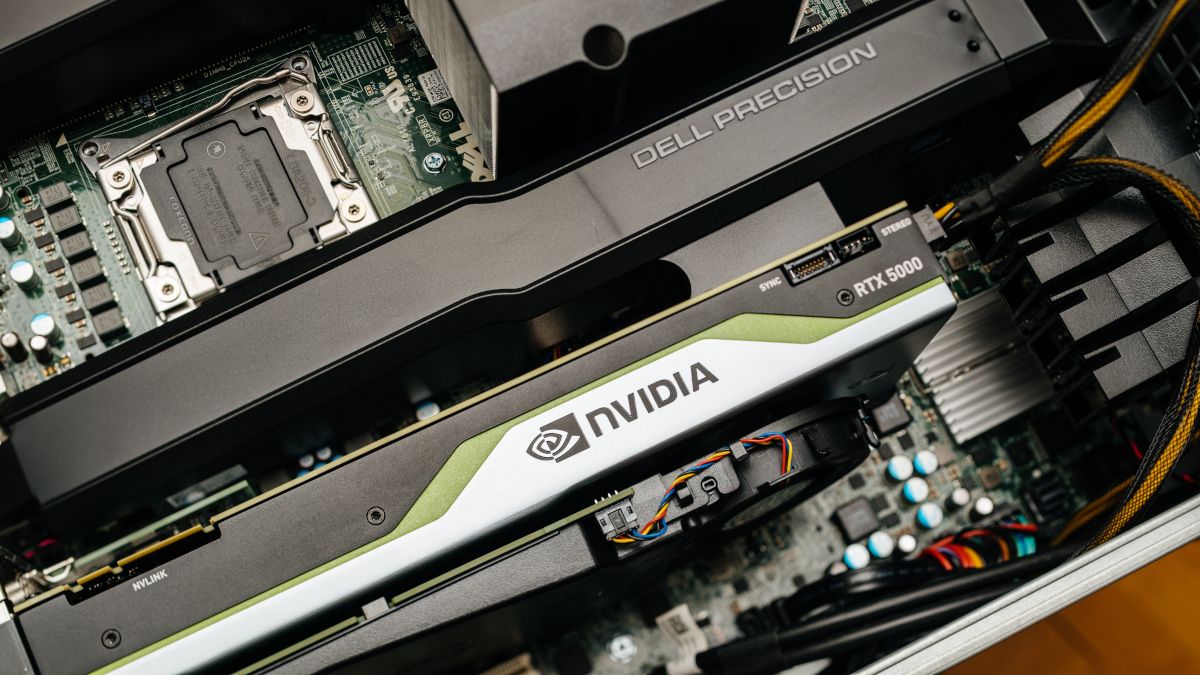Quick Links
Workstation GPUs such as NVIDIA Quadro or AMD FirePro cards come with eye-watering price tags compared to GPUs meant for gaming and general consumer use. But why is it that professional workstation GPUs can justify charging so much money?
They're Sold as Money-Generating Investments
One major difference between a workstation GPU and the GPU you buy to see if you can finally run Crysis properly is that professional cards are meant to generate money. Professional customers don't consider a workstation card a cost but an investment that should eventually pay for itself and generate a profit.
It's not an exciting answer, but a part of the reason these cards sell for so much is that professional users and businesses are willing to pay that much, and that's because, ultimately, the cards don't cost them anything at all. Why then, you might be asking, don't they just buy the much cheaper consumer cards and reap even bigger profits? This is where we get to the technological factors that separate professional graphics cards from everything else.
Driver and Software Validation
A "driver" is software that tells the computer's operating system and software applications how to control the hardware of the device the driver is for. Drivers are a crucial component when it comes to performance and stability.
The software drivers for professional workstation GPUs are laboriously tested and validated to be supremely stable with both the operating system and specific professional applications. After all, you will not be happy if your multi-million dollar CG render fails 99% of the way after weeks of processing thanks to a driver bug.
Workstation GPU drivers are designed for use with mission-critical work, where something valuable is on the line if things fail. Much of the cost of these GPUs go towards paying for that level of validation, the assurance that the cards will get the job done.
Aftermarket Support
There's no such thing as a bug-free computer system, so finding and resolving the issue is urgent when something goes wrong with a workstation GPU. Every hour of downtime is money down the drain, after all.
GPU manufacturers offer better levels of aftermarket support to their professional GPU customers. They know that this support plays a large role in whether an enterprise will buy their products again, so on the rare occasion that things go wrong, the GPU maker will provide business-class support for these products.
Error-correcting Technology and Precision
Believe it or not, computers can make mistakes! Errors can creep into your data in various ways, but one of the more common ways is that some bits in the GPU's RAM have their values changed from a "1" to a "0" or vice versa.
If this happens in a video game, it might result in a minor graphical artifact that you'll never notice or, at worst, a random crash that's never repeated. However, if you're doing medical research, scientific simulations, data mining, or any of several professional applications, such errors can have catastrophic real-world consequences if they introduce errors into the results.
Like the RAM used with workstation-grade CPUs, workstation GPUs have error-correcting memory that ensures that your data isn't corrupted. This type of memory is significantly more expensive than consumer-grade RAM due to the nature of their workloads, such as data mining huge datasets.
Better-Quality Components
Workstation cards are physically more robust and use better-quality components and cooling solutions than consumer GPUs. Their power management components, capacitors, circuit board thickness, and every other card part are built to work in tough conditions 24/7. This robustness comes at an additional cost, but it's necessary for a product that has to offer the highest levels of reliability and uptime. You may think cryptocurrency mining can be hard on GPUs, but that's nothing compared to render farms or High-Performance Computing (HPC) data centers.
Workstation Cards Aren't Actually Faster
The one thing that might truly surprise you about workstation cards is that they aren't any faster than the GPUs you can buy for video games and general home use. In fact, workstation cards usually prioritize stability over outright speed, so they can be slower in raw performance terms. The rationale is that definitely finishing the job a little more slowly is better than repeatedly failing to finish the job at the ragged edge of performance.
You also won't find the latest GPU architecture in workstation cards until long after the new technology's consumer-grade products are released. This is largely thanks to the validation process. It gives the GPU maker and software vendors time to identify issues as gamers and amateur computer enthusiasts effectively beta-test the latest GPUs.
Taken all together, these factors add up to the sky-high prices you see for professional cards, but whether those prices are fair for what you get is a matter of perspective.


